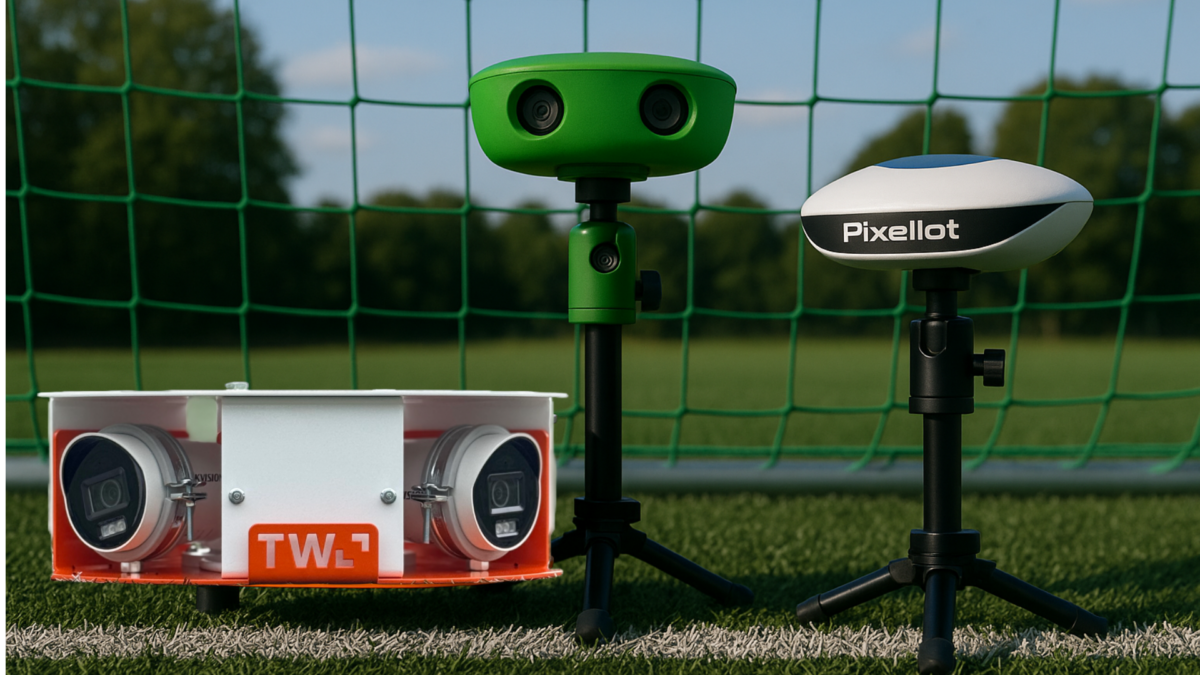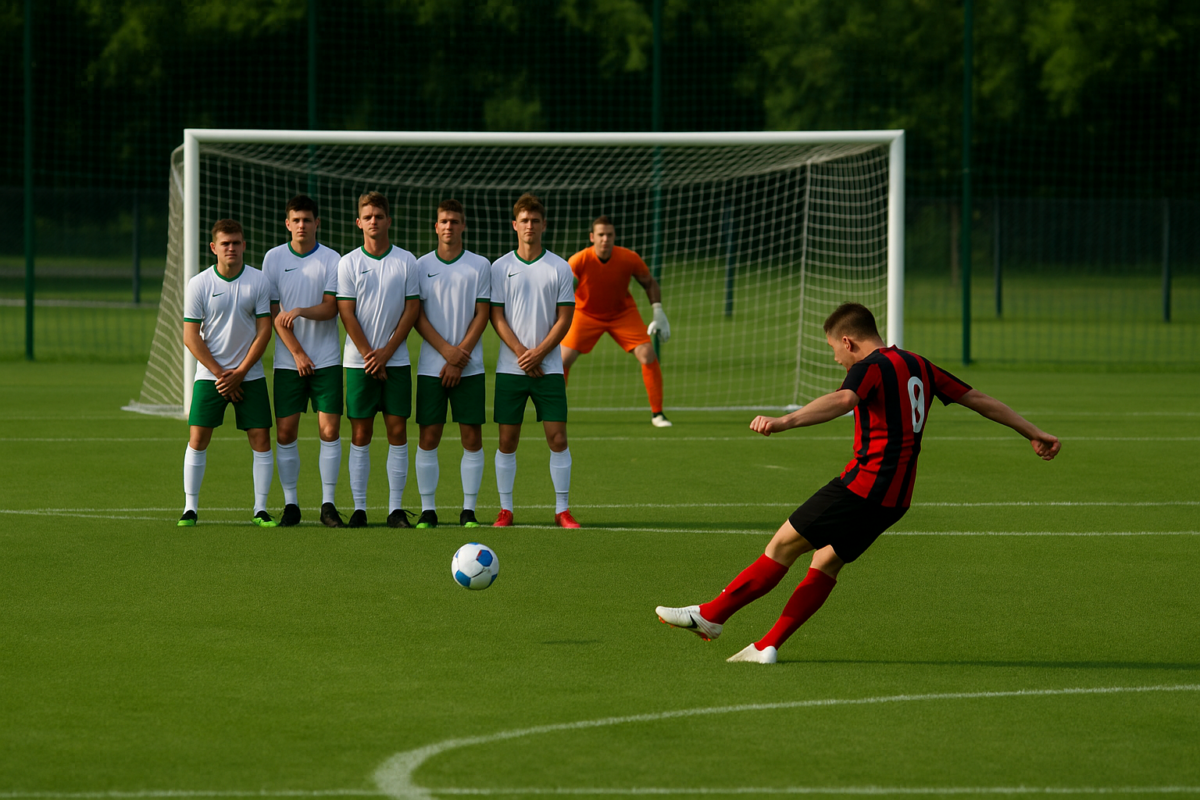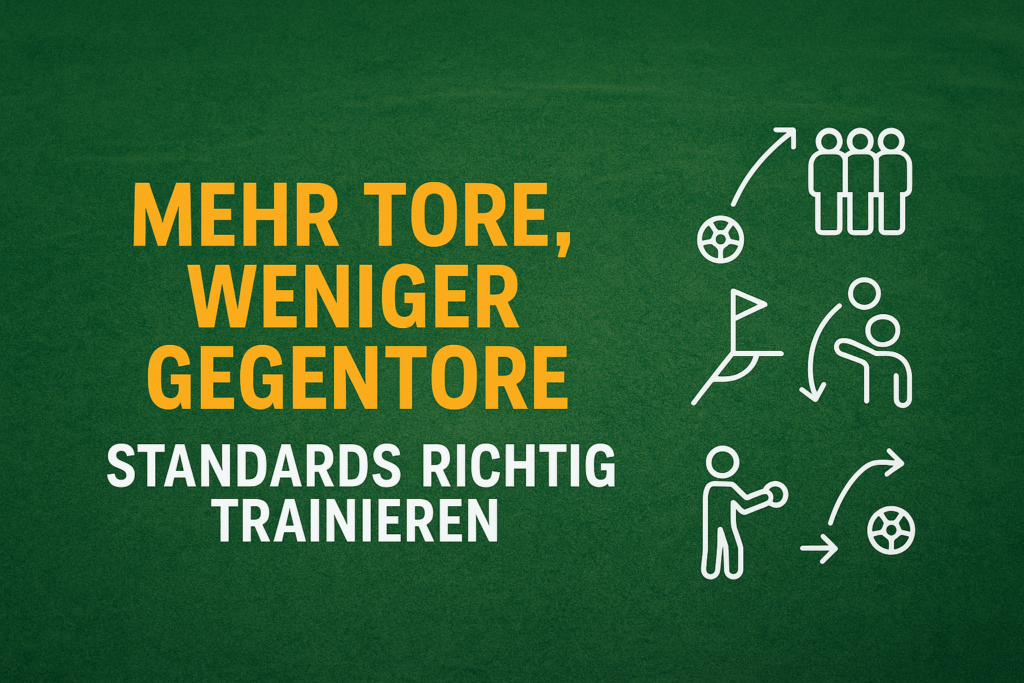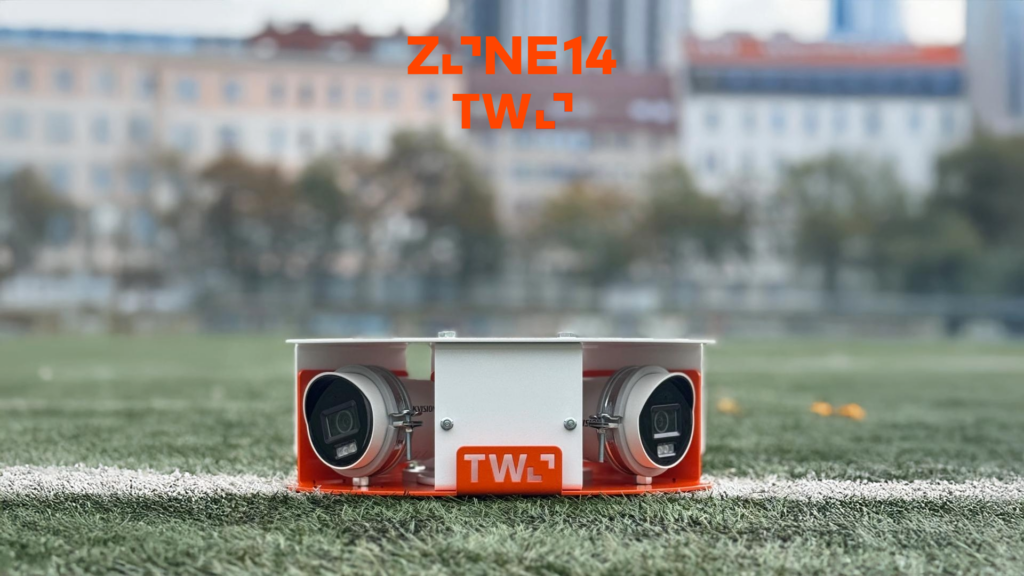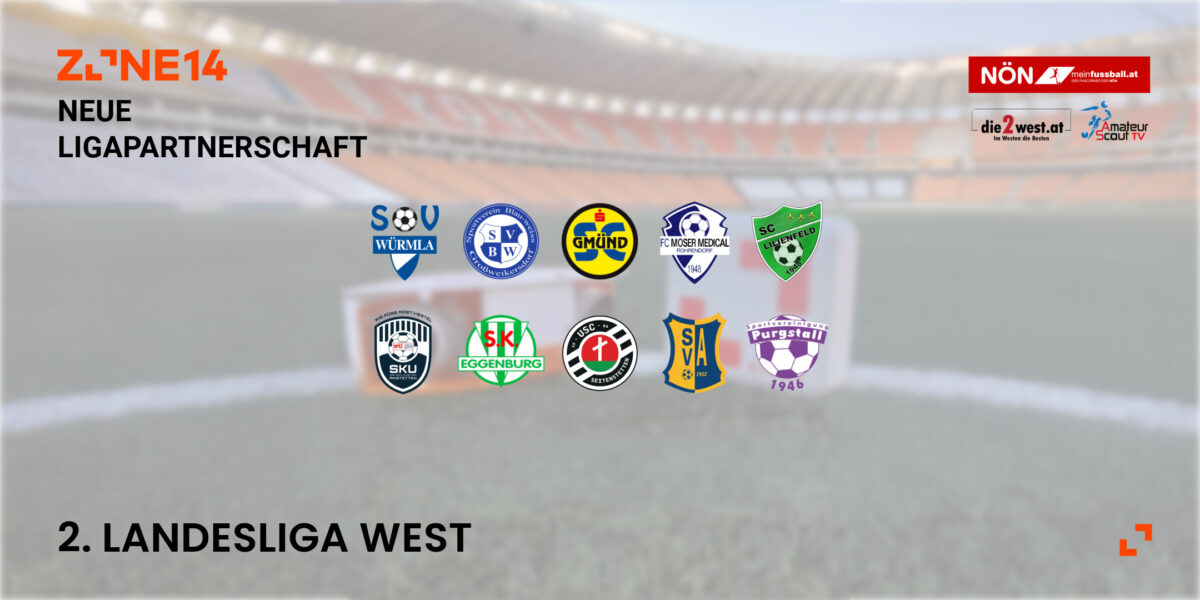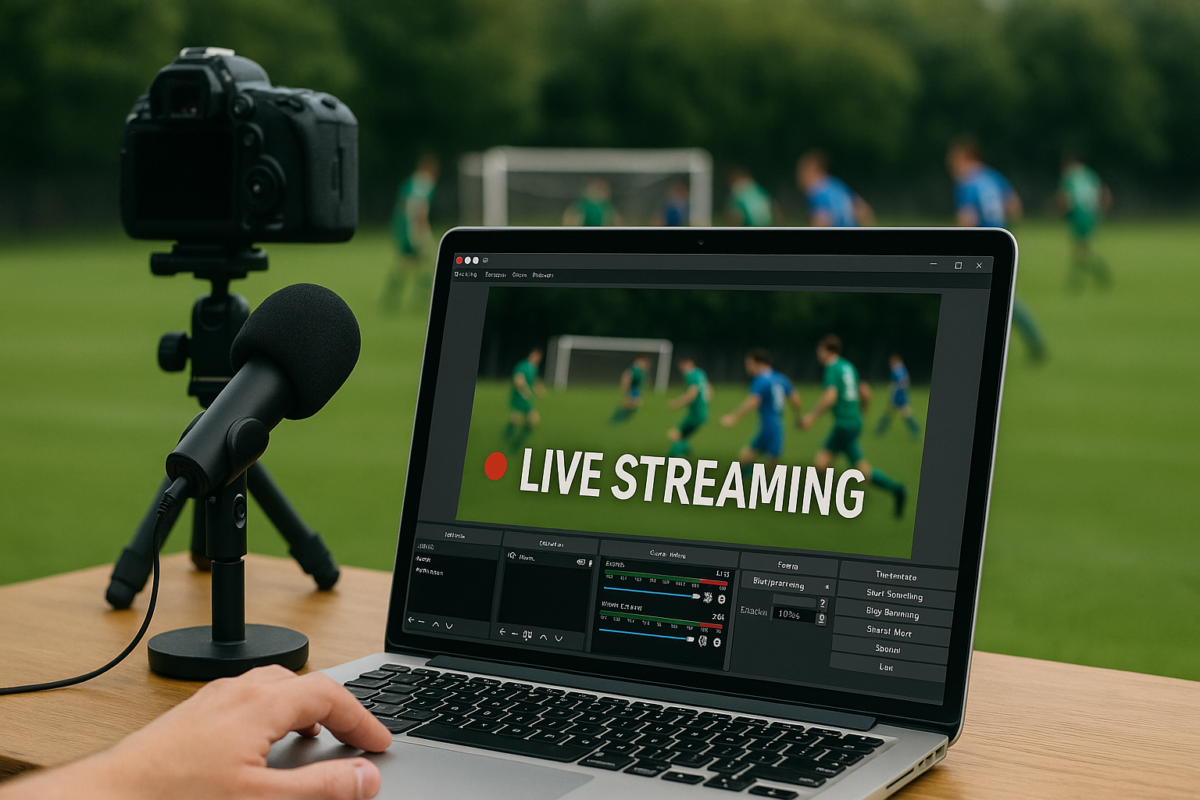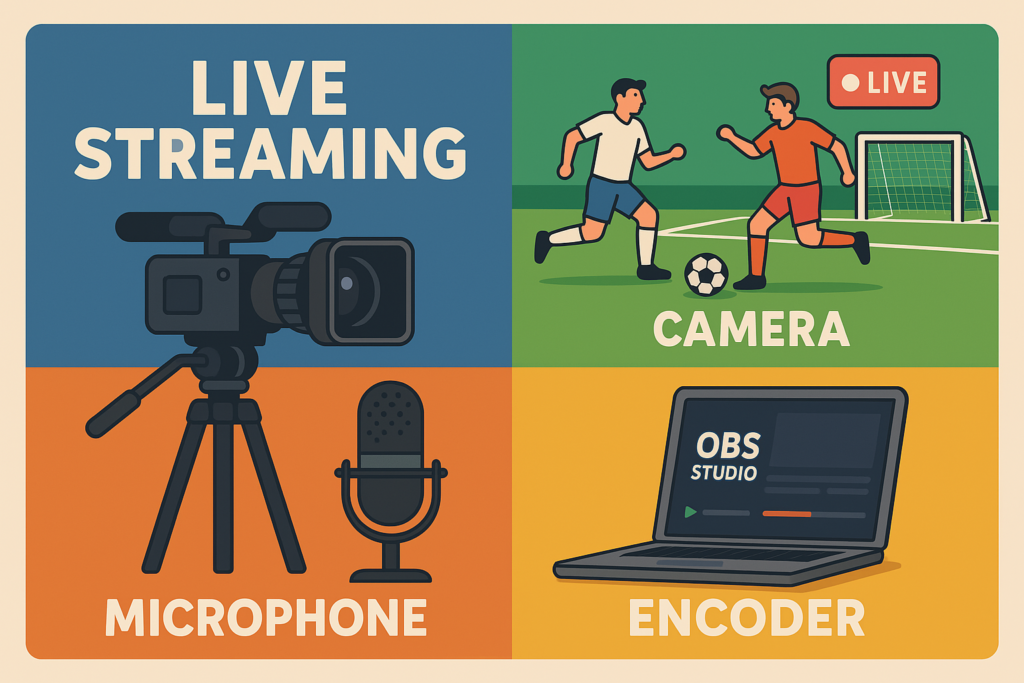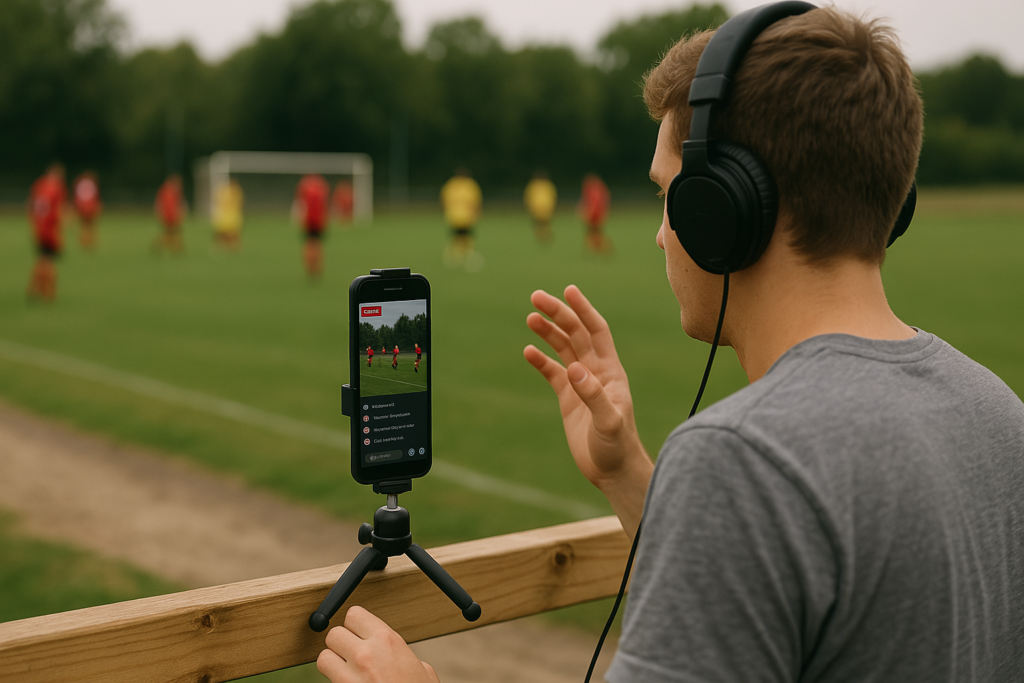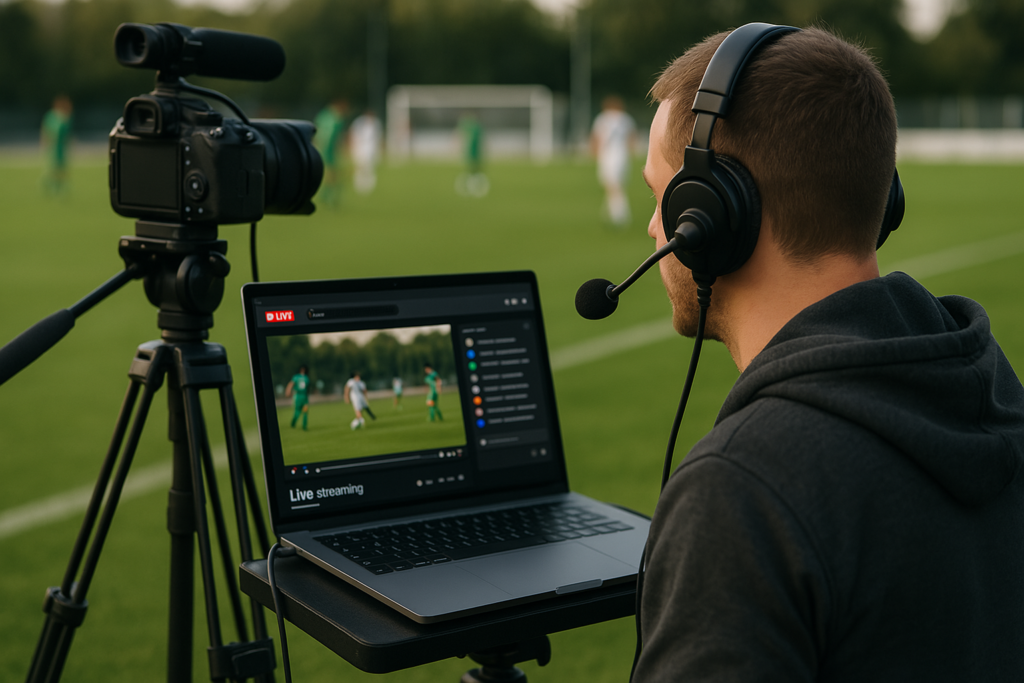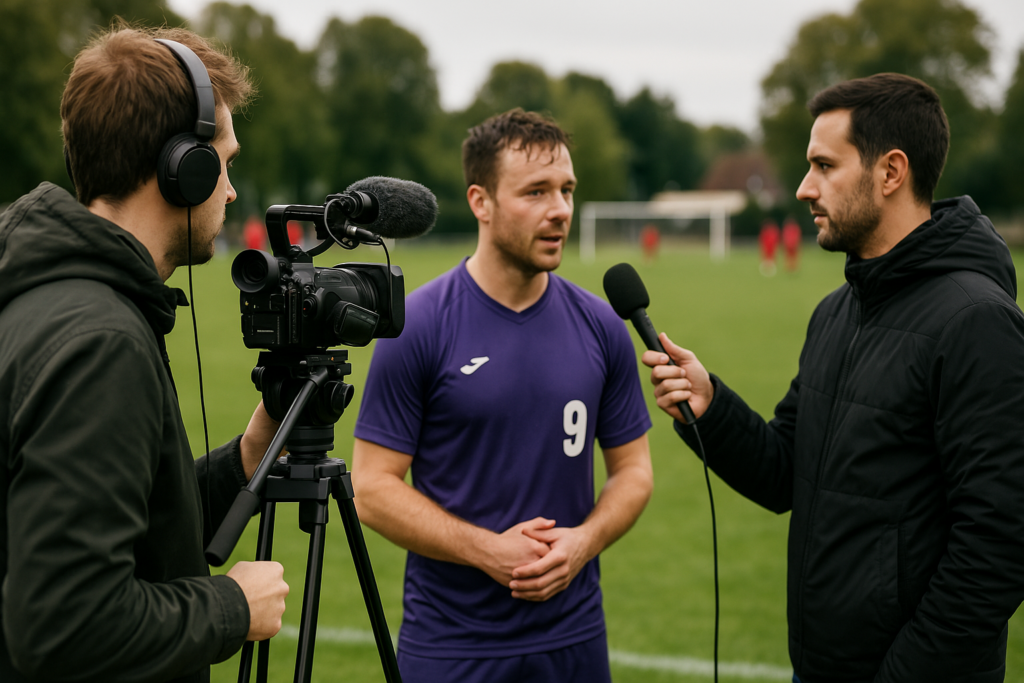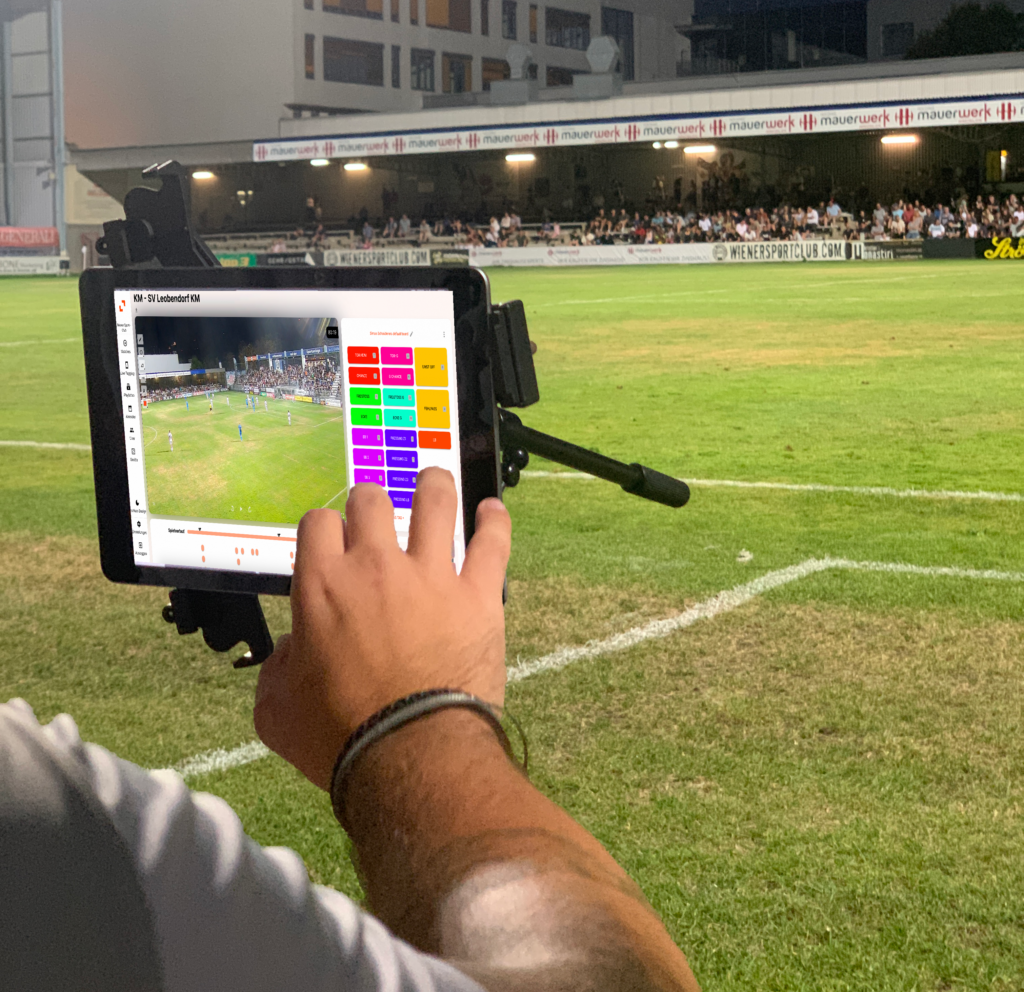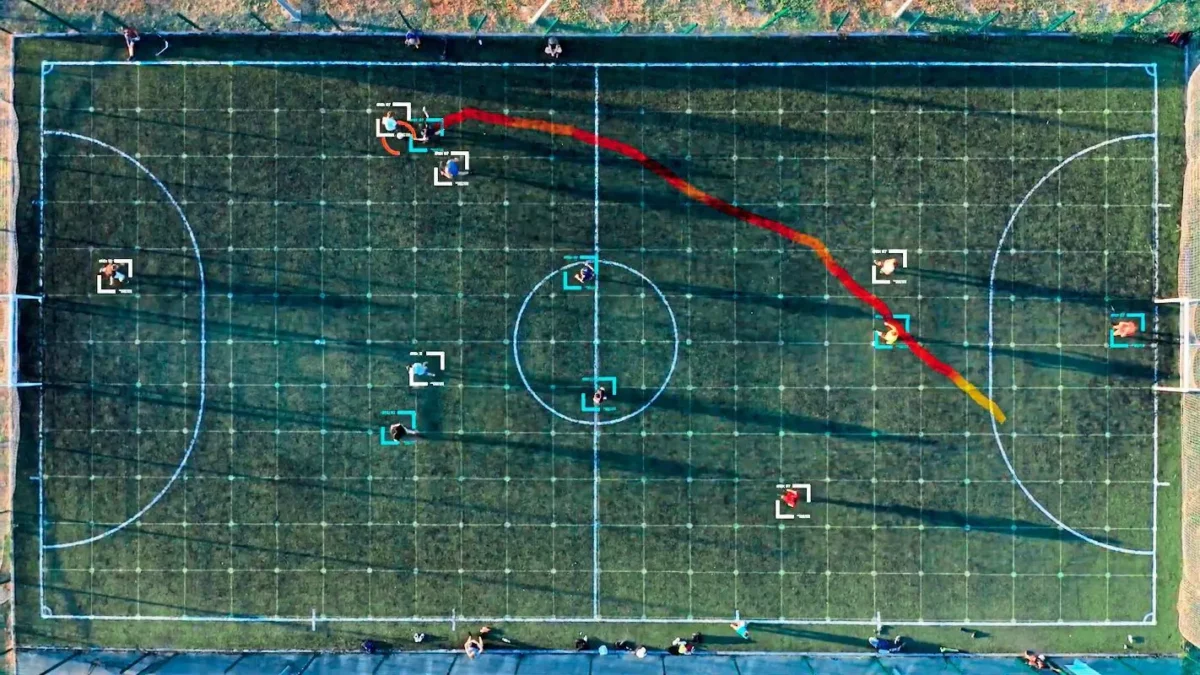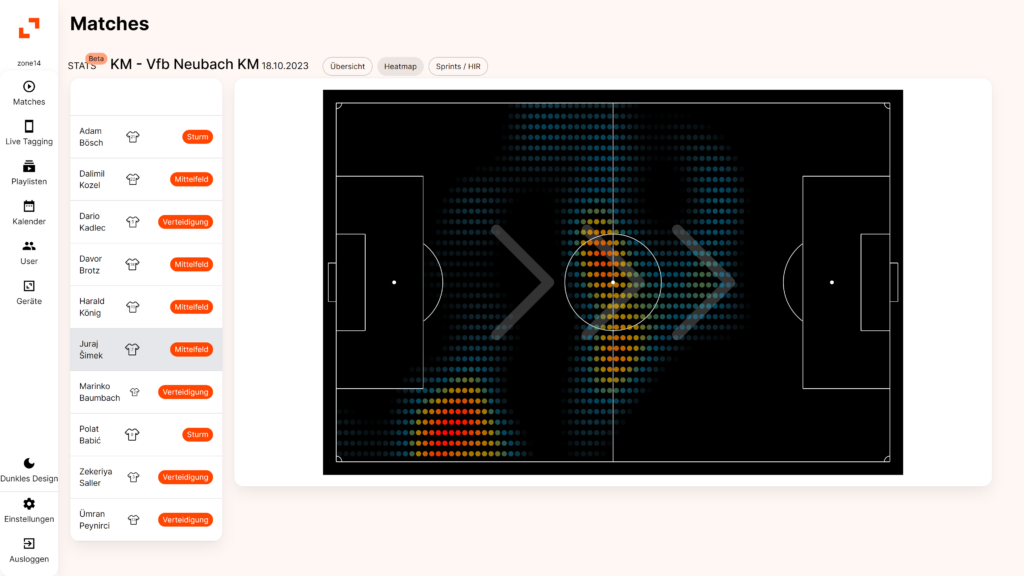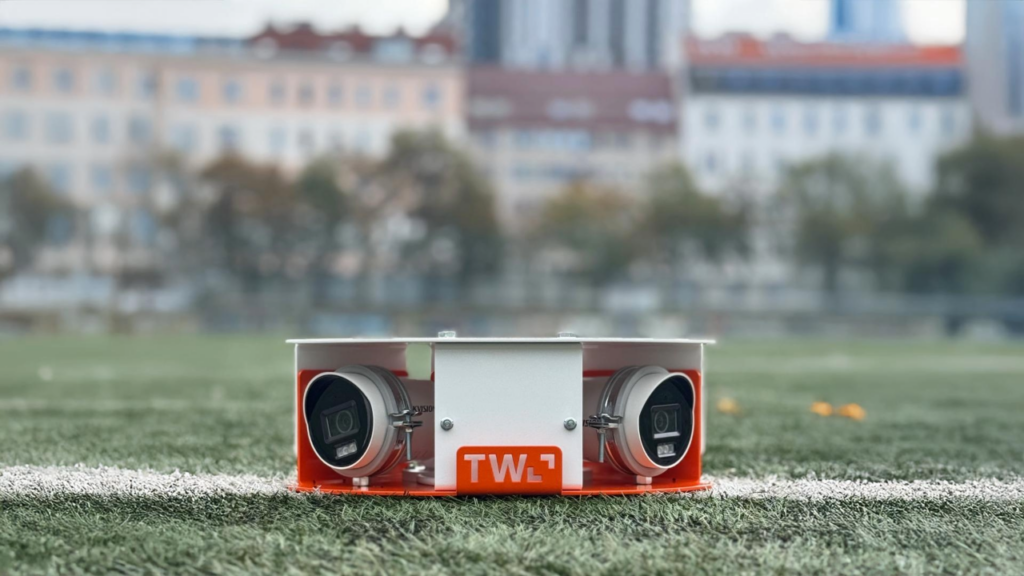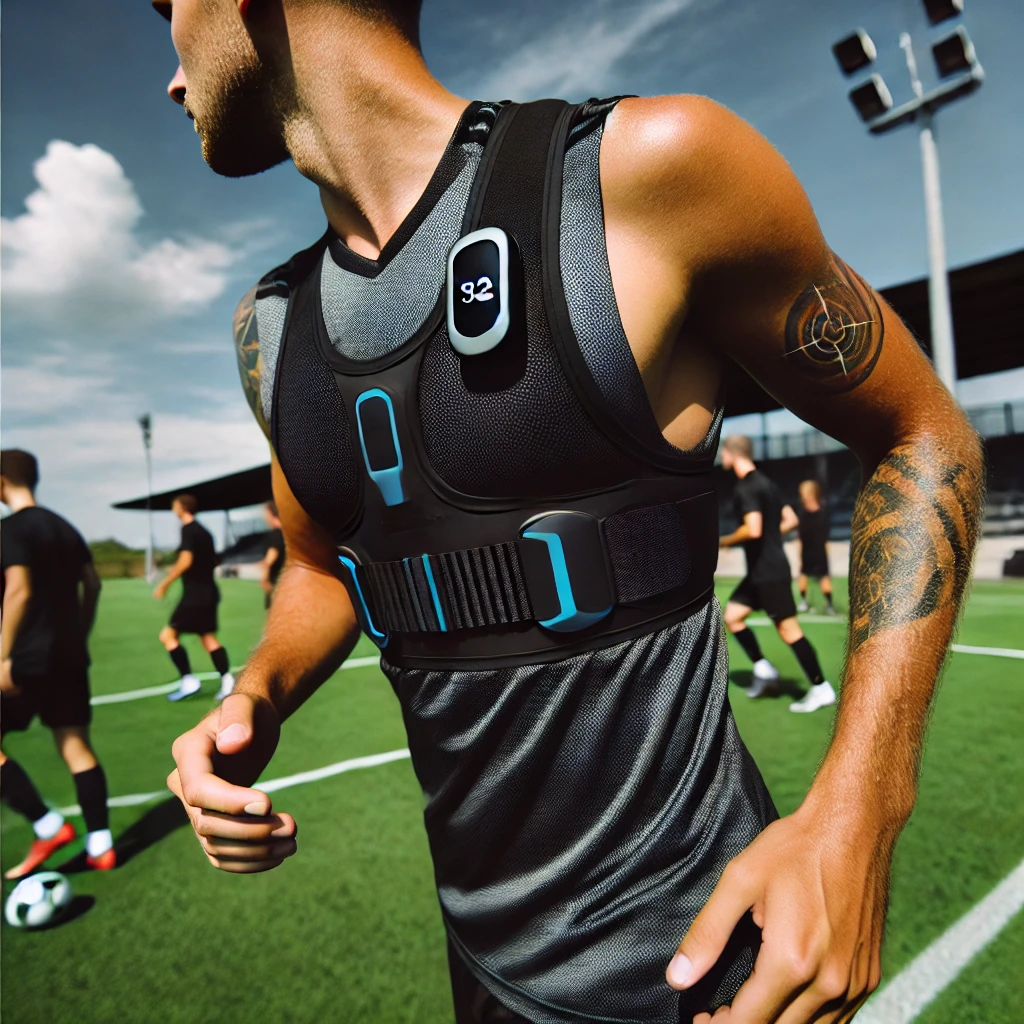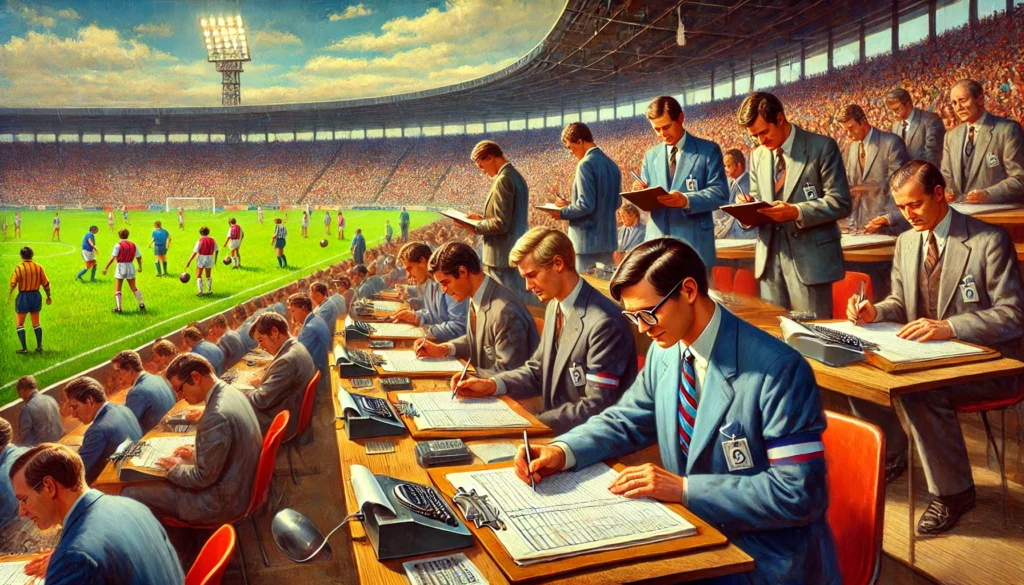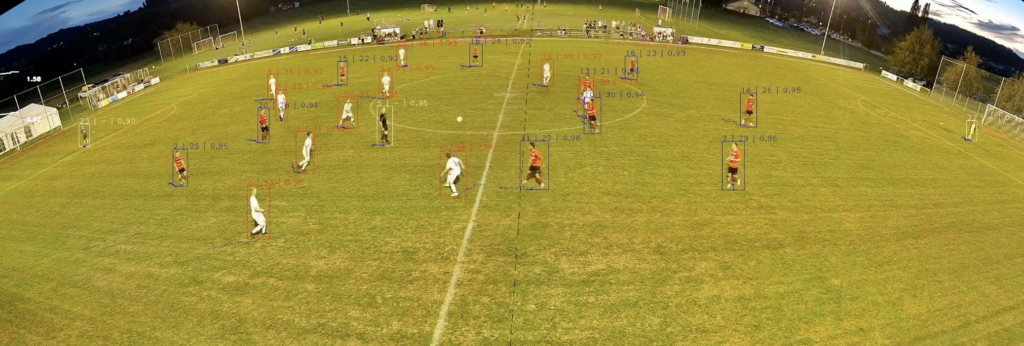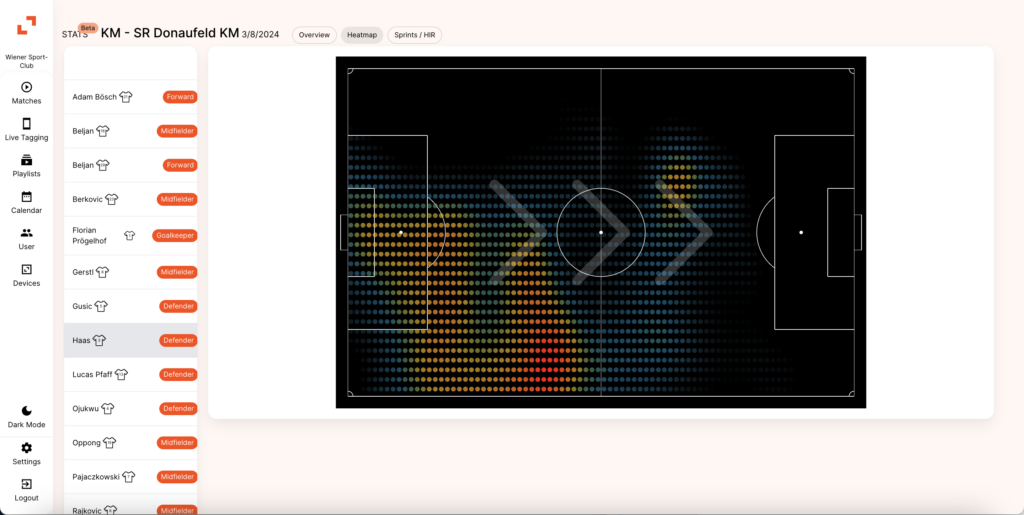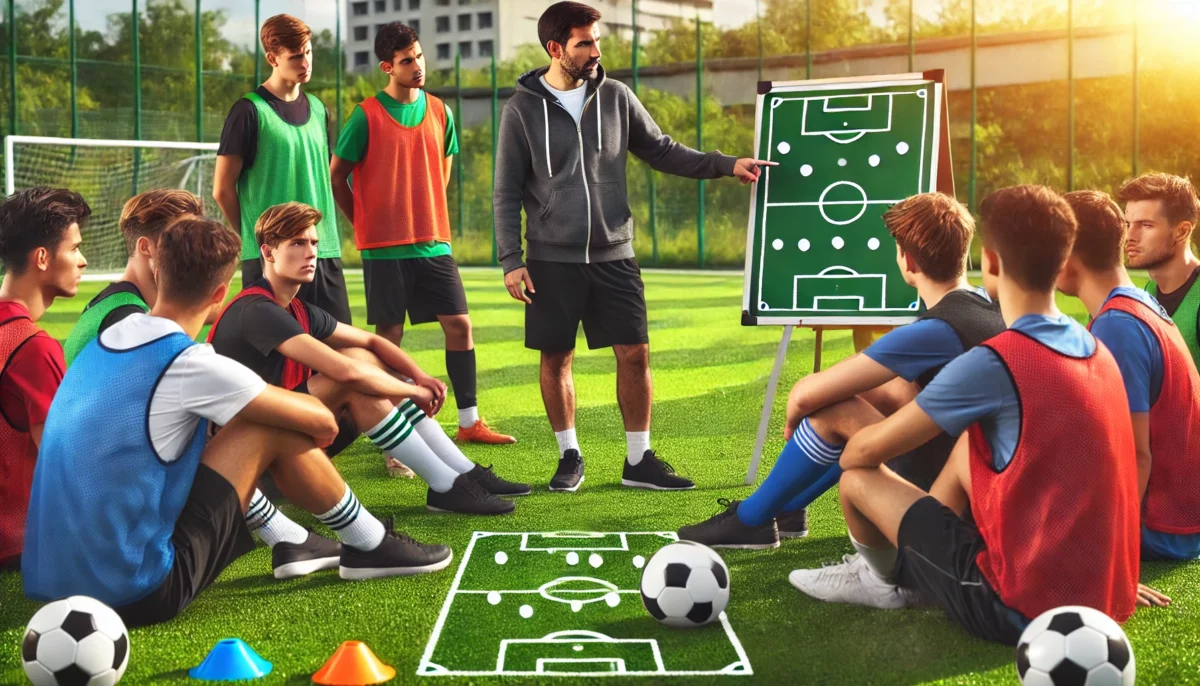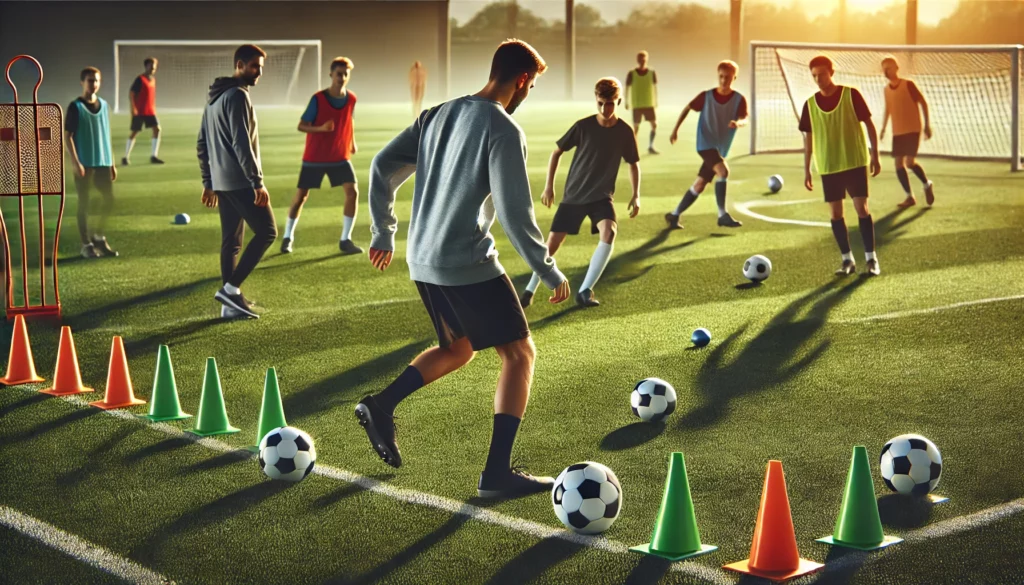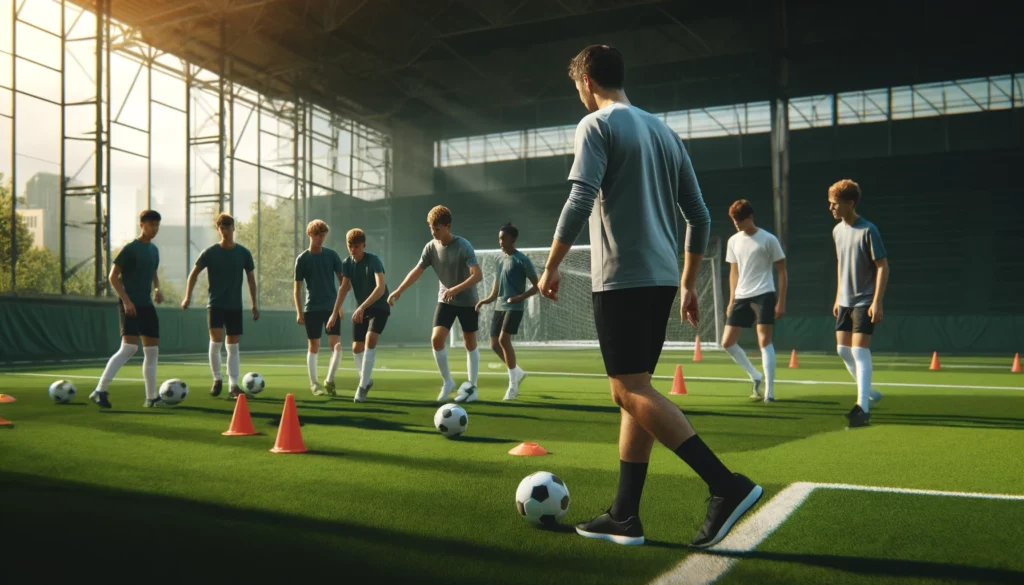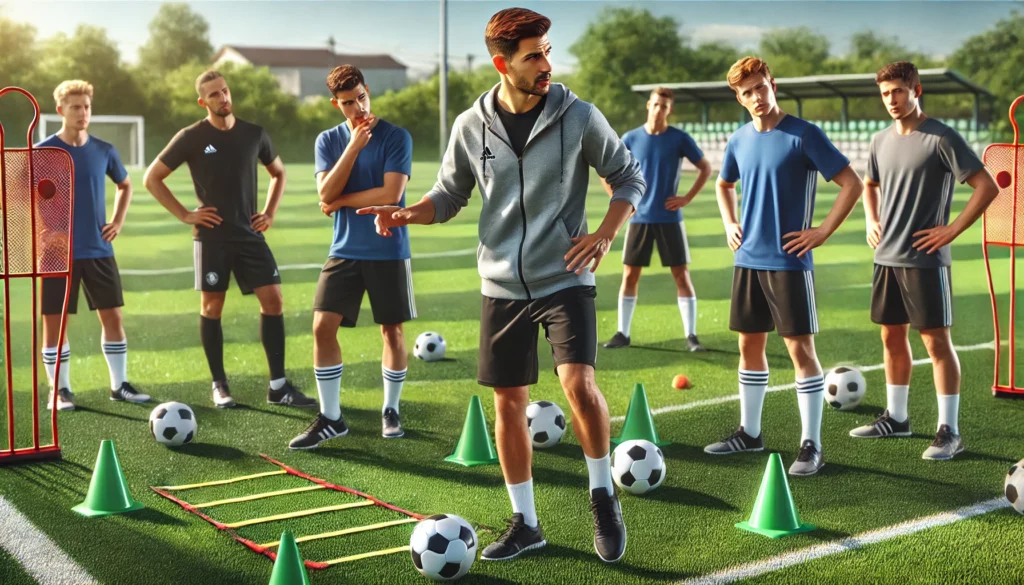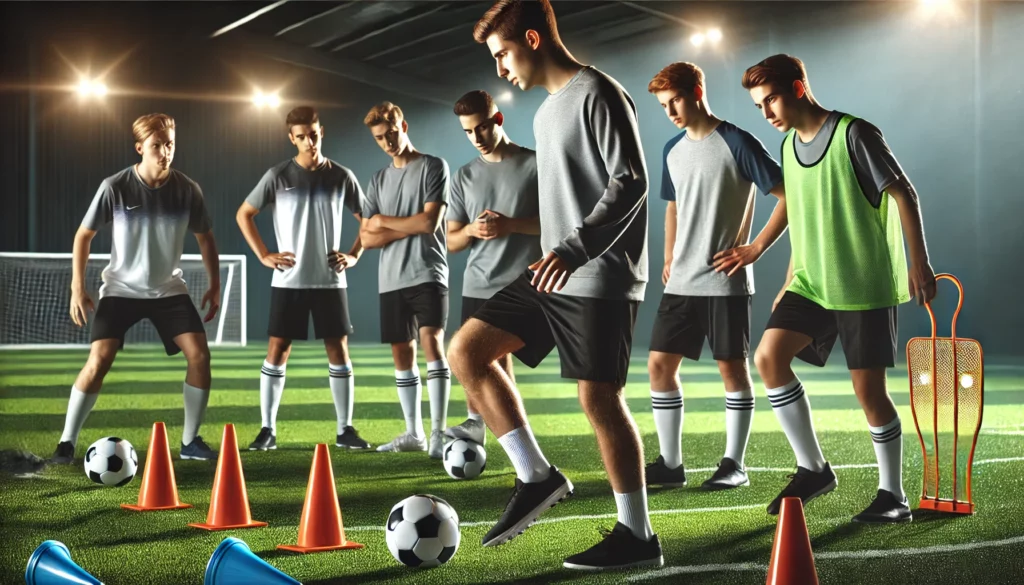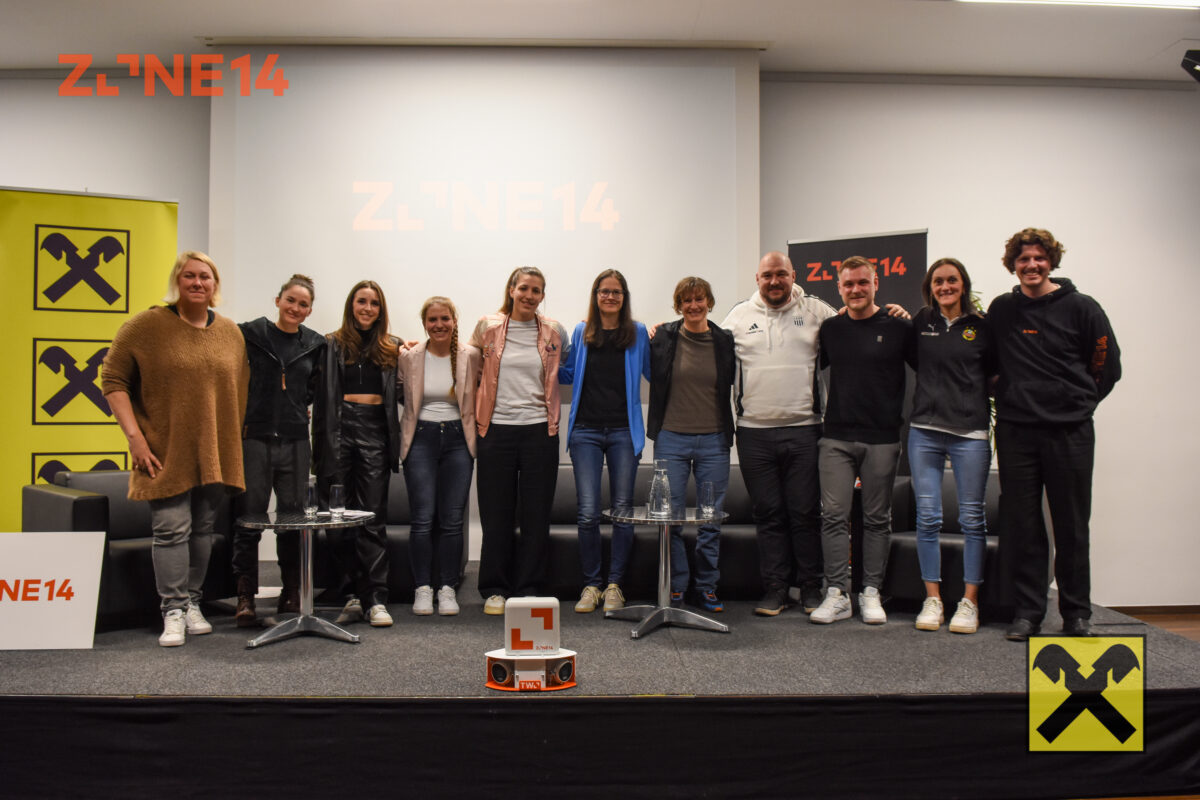Contents
Veo vs. Pixellot vs. zone14: The big video analysis comparison in football
- Julius Oppel
- Video Analysis
In today's football, small details often make the difference between winning and losing. The ability to understand your own game and that of your opponent down to the last detail is no longer a luxury for ambitious clubs, but a necessity. Video analysis systems are the key tool here. With Veo, Pixellot and zone14, there are three prominent names in the ring that promise to revolutionise analysis. However, they have different philosophies and technologies. Which system really suits your club's goals, structure and budget? We take a deep dive, compare strengths and weaknesses and show which solution could give your team the edge - with a special look at why zone14 is the command centre of the future for many.
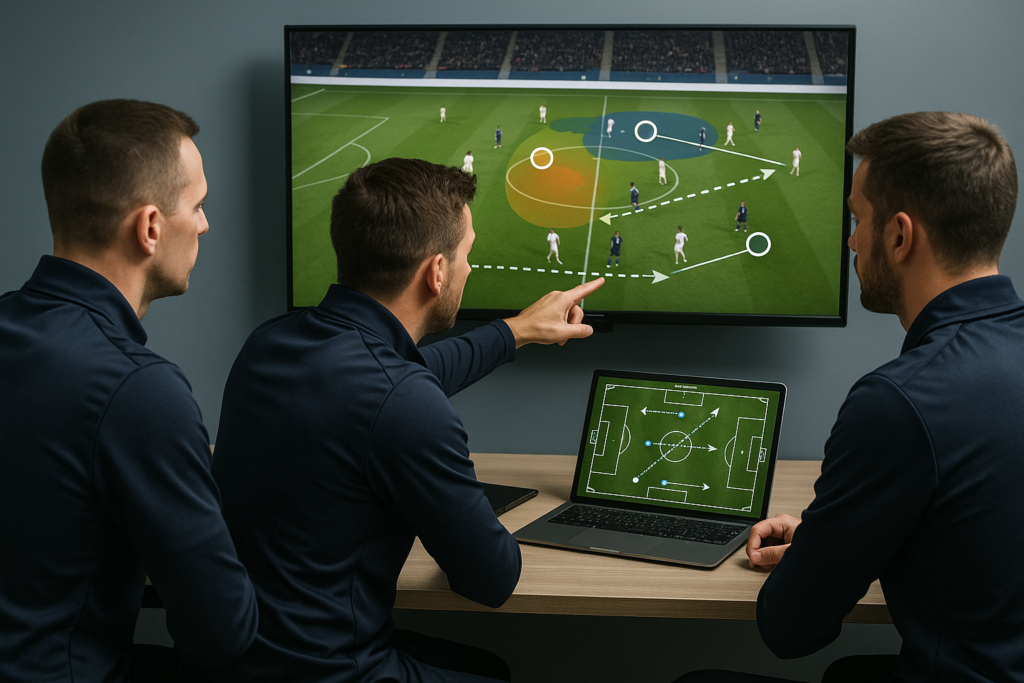
1. Overview of the providers: A comparison of philosophies
Veo: Democratisation of game analysis
Concept: Veo's mission is to make video analysis accessible to everyone. With a mobile 2-lens 4K camera system and a primarily ball follow AI analysis, Veo focuses on simplicity and portability.
Ideal for amateur and youth teams, teams without a fixed venue, coaches looking for a quick and easy way to get started.
Core functions: Automatic recording of the game, easy live streaming for fans/parents, automatic generation of highlights.
Cost model: One-off camera purchase plus subscription, often staggered by team.
Focus: Broad accessibility, mobility, basic analysis functions.
Pixellot: The specialist for automated, professional production & analysis
Concept: Pixellot aims higher and often offers fixed panoramic cameras with advanced AI for ball and player recognition. The focus is strongly on automated production (similar to a TV broadcast) and comprehensive tactical data.
Ideal for: Professional teams, academies, larger clubs with fixed infrastructure and a need for detailed tactical insights and professional streaming.
Core functions: Detailed tactical analysis, professional live streaming with analysis overlays, comprehensive statistics.
Cost model: Usually higher initial investment for hardware/installation plus annual licence fees.
Focus: Professional standard, fixed installation, in-depth tactical data, broadcast quality.
zone14: The all-in-one hub for trainers & analysts
Concept: zone14 sees itself as an all-in-one multi function analysis platform. With a stationary, configurable 4K system and an AI that not only tracks the ball and players, but also places a strong focus on the players' performance data (even without the ball), it becomes the centrepiece of performance management.
Ideal for: Clubs of any size with a fixed venue, who manage multiple teams (from professional to youth) and want in-depth tactical and physical analysis with live intervention capabilities.
Core features: Precise tactical analysis, unique performance tracking (running data, intensity etc. directly from the video), live coaching tools (REPLAY/LIVE).
Cost model: Transparent monthly subscription model that includes the camera and, above all, use for ALL of the club's teams.
Focus: In-depth, integrated analysis (tactics & athletics), coaching efficiency, scalability for the entire club, high user-friendliness despite a wide range of functions.
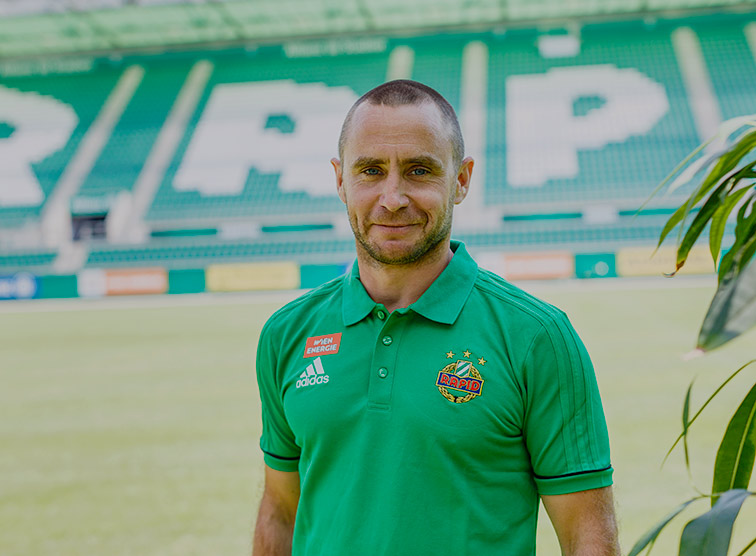
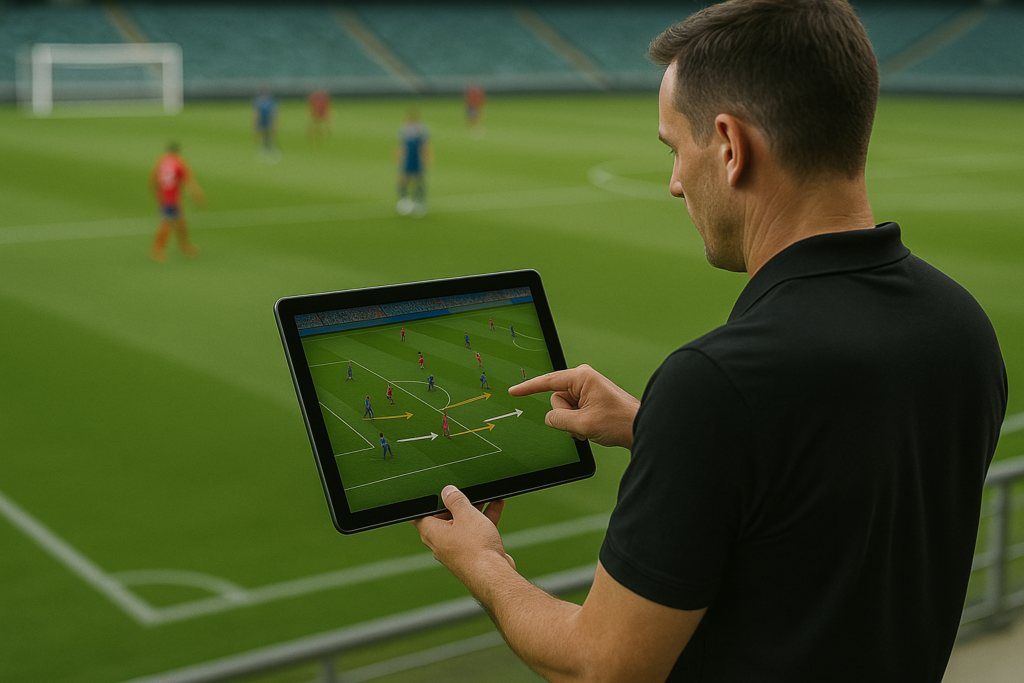
2. Technology & analysis in detail: What are the key differences?
The real strength lies in the details of the technology
Veo: The AI reliably follows the ball - perfect for highlights and a basic overview. However, the tracking of players without the ball is limited.
Pixellot: The AI recognises and tracks both the ball and the player, allowing a more detailed analysis of formations and running routes.
zone14: Goes the furthest here: The focus is on precise player tracking, even away from the ball. This is essential in order to really understand tactical shifts, free running movements and defensive organisation. In addition, the AI extracts valuable physical performance data (distance travelled, sprints, intensity) directly from the video image - a treasure trove of data that is otherwise only accessible with GPS trackers.
Analysis functions: From highlights to deep insights
Veo Analytics: Veo Analytics, accessible via the Veo Editor, provides the basic analytical functions of the system. It automatically creates highlights and provides simple metrics such as heat maps and estimated ball possession. The platform is user-friendly to quickly identify key moments and provide basic feedback. However, it lacks the specialised tools for in-depth tactical analyses or detailed evaluations of individual player performances, meaning that the analysis remains rather superficial.
Pixellot (via VidSwap): Analysis at Pixellot is often carried out using the VidSwap platform, which is specially designed for detailed tactical analyses. It provides coaches and analysts with extensive tools for tagging specific match events, visualising with drawing tools and creating customised playlists for team or individual player reviews. VidSwap often also enables the integration of external statistical data in order to gain a deeper understanding of game sequences, player performances and tactical formations, and is therefore clearly aimed at users with professional analysis requirements.
zone14 REPLAY: An outstanding tool of the zone14 platform is the REPLAY function. It breaks away from traditional post-analysis by enabling trainers to directly access recent match scenes at the touch of a button during the game or at half-time. This allows critical moments to be analysed at lightning speed and immediate visual feedback to be given to players or the coaching team. With REPLAY, tactical adjustments can be made much faster as the gap between event and analysis is dramatically shortened - a potential advantage in a dynamic game.
Live streaming & coaching: watching vs. intervening
Veo: Provides live streaming primarily for viewers (fans, parents) via an app - a great feature for the community.
Pixellot: Enables more professional streaming, often with analysis overlays that can also help the coaching staff during the game.
zone14: Revolutionises this area with real live coaching. The streaming is optimised for the coach. With the integrated REPLAY and LIVE functions, scenes can be analysed at lightning speed during the game or in the half-time break and shown to the team/player. This enables immediate feedback and tactical adjustments - a potential game changer.
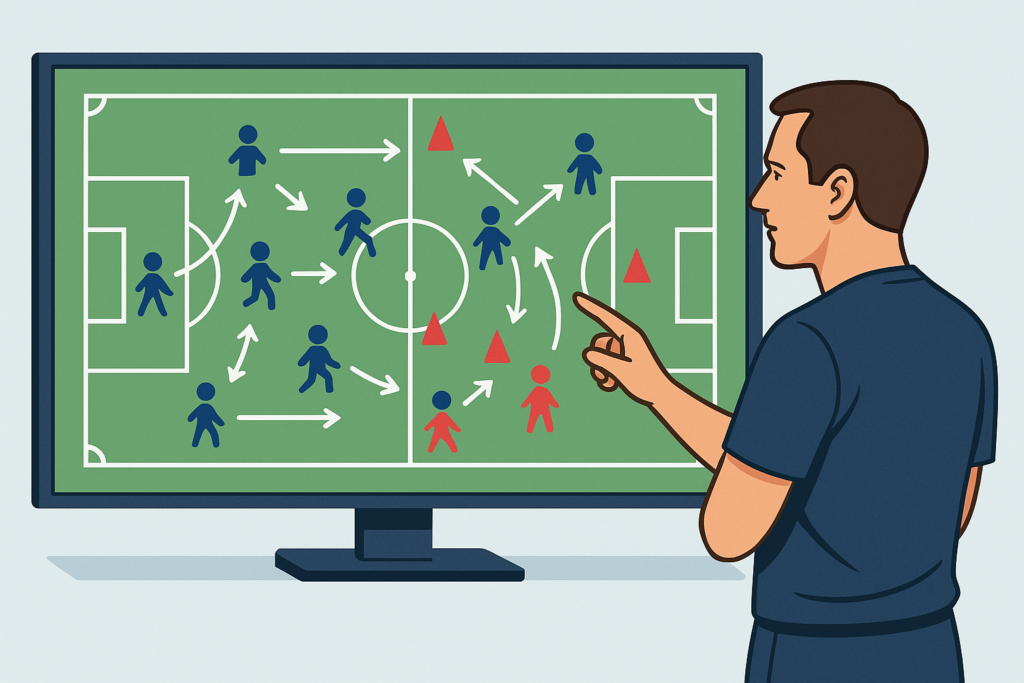
3. Installation & user experience: Workflow in everyday life
Veo:
Setup: The biggest advantage is mobility. Set up the camera, record, done.
Disadvantage: Constant setting up and dismantling, transporting and charging can become tiresome in the long run.
Operation: Very simple and intuitive, ideal for beginners. However, the analysis tools are rather basic.
Pixellot:
Installation: Generally requires a professional permanent installation, which involves costs and effort. After that, however, it is ready to use.
Operation: The software is powerful, but also more complex. It is aimed more at experienced analysts and requires a certain familiarisation period.
zone14:
Installation: Once the stationary camera has been installed, the system is extremely low-maintenance and always available. Daily handling is not required.
Operation: This is a particular strength: despite the enormous depth of analysis options (tactics & performance), the user interface is surprisingly intuitive and user-friendly. Even coaches without a technical background can quickly find their way around and utilise the valuable data.
4. Costs in comparison: An overview of the price models
Veo:
Technology & functions: Veo offers a portable 4K camera system that automatically records games and creates highlights. The Veo Cam 3 automatically tracks the ball and creates a broadcast-like experience. Live streaming is possible via Wi-Fi or Ethernet.
Price structure: Veo Cam 3: One-off cost of €1,199, additional costs for tripod, case, etc.
Subscription: From €67/month for the starter package, which includes 10 hours of recording time per month.
Target group: Good for small to medium-sized clubs, youth and amateur teams looking for a cost-effective and user-friendly solution.
Pixellot:
Technology & features: Pixellot uses AI to automatically record, analyse and create highlights of matches. It offers features such as ball tracking, player tracking and tactical analysis.
Price structure: Prices vary depending on the performance of the camera, from €800 to over €5000.
Subscription: From €130/month for the standard package with up to 4 games per month and 30 days of storage.
Target group: Suitable for professional teams, large academies and clubs that require comprehensive tactical analysis.
zone14:
Model: Attractive monthly subscription (starting from €115), which already includes the camera. The subscription is valid for the entire club - unlimited teams, unlimited users.
Value: Offers excellent value for money, especially for clubs with multiple teams. No hidden costs per team or user. It is an investment in a comprehensive analysis infrastructure for the entire club, which is extremely economical when you break down the costs per team.
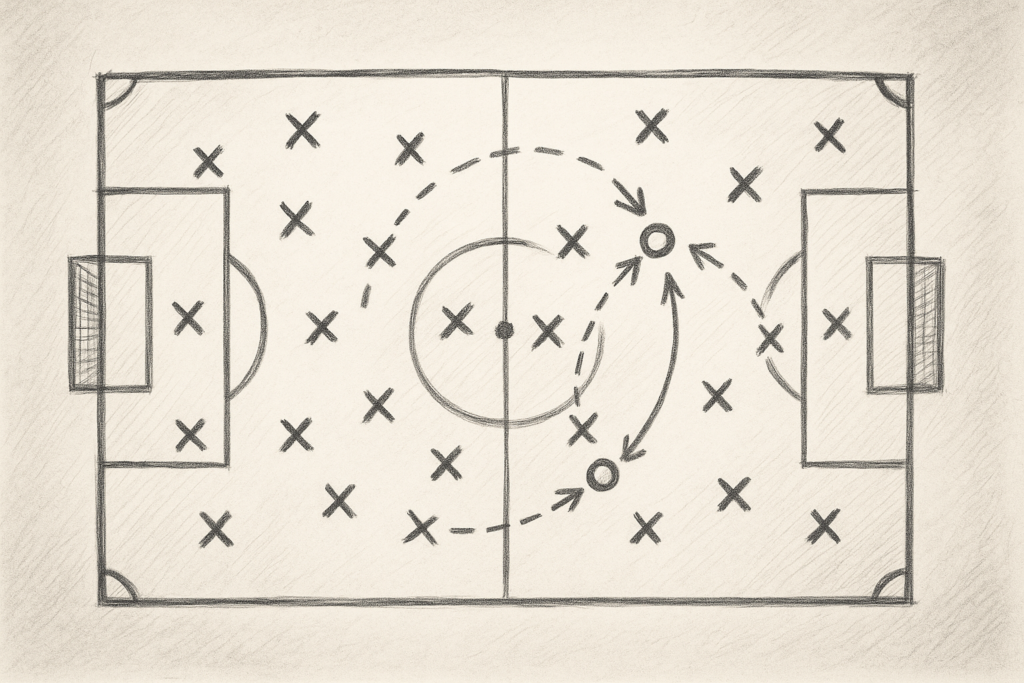
5. Target groups & recommendation: The right system for your ambitions
Veo is ideal for:
- Clubs looking for a simple, mobile and cost-effective solution to get started.
- Teams without a fixed venue or with frequently changing training locations. Those focussing on highlights and basic match overviews.
Pixellot is the first choice for:
- Professional clubs and academies with fixed stadiums and high analytical demands.
- Teams that require automated, broadcast-like production and very detailed tactical data and are willing to invest more initially.
zone14 is the best recommendation for:
- Ambitious clubs of any size with a fixed venue that are looking for a solution for video and performance analysis.
- Clubs that manage several teams (from professional to youth) and are looking for a scalable solution for all of them.
- Coaches who want to use in-depth tactical and performance analysis to develop players individually.
- Clubs that recognise the potential of real-time coaching as a strategic advantage.
- Anyone looking for a low-maintenance, stationary system with an unbeatable price-performance ratio per team.
6. Conclusion: More than just recording - shaping the future of match analysis
Veo, Pixellot and zone14 all offer valuable tools for modern football analysis. The decision depends on your requirements.
Veo opens the door to the world of analysis - simply and affordably.
Pixellot provides professional data and production for the top.
zone14 , on the other hand, creates a unique all-in-one solution for in-depth tactical and performance analysis, innovative live coaching tools and an exceptionally fair, club-centred pricing model. It's not just a registration system, but an integrated platform that helps coaches make players and teams better at all levels. For clubs looking for a future-proof, comprehensive yet user-friendly solution to systematically improve performance, zone14 is often the most compelling answer. Don't just invest in a camera, invest in better understanding and targeted development.

